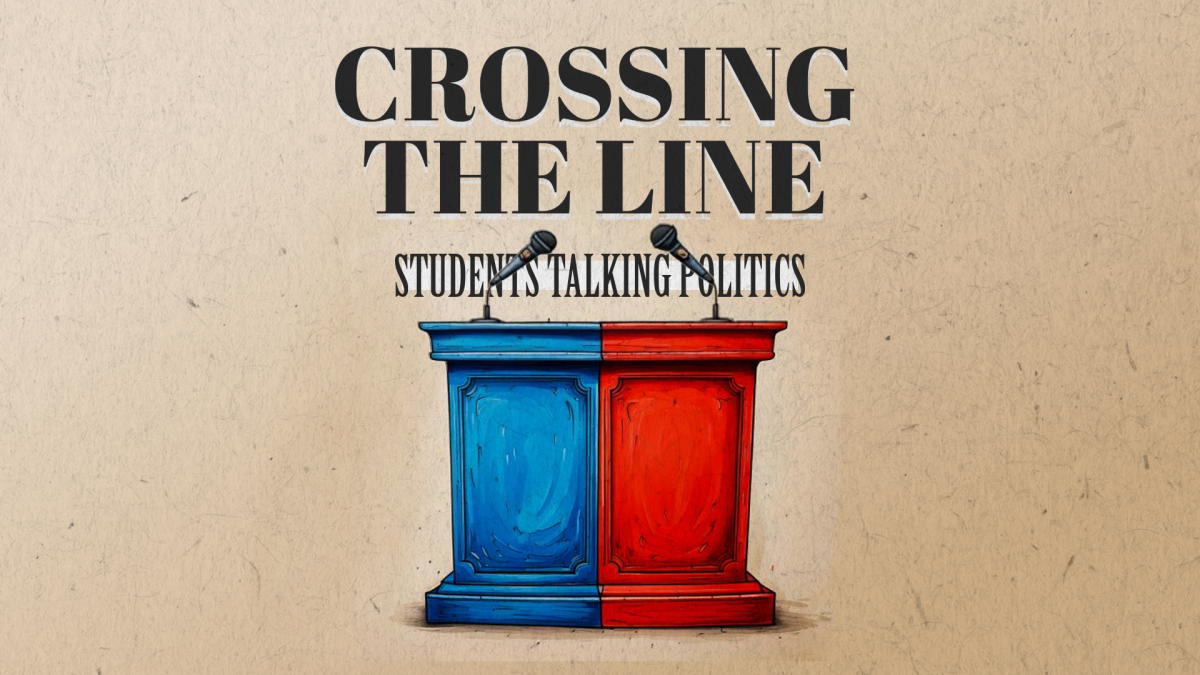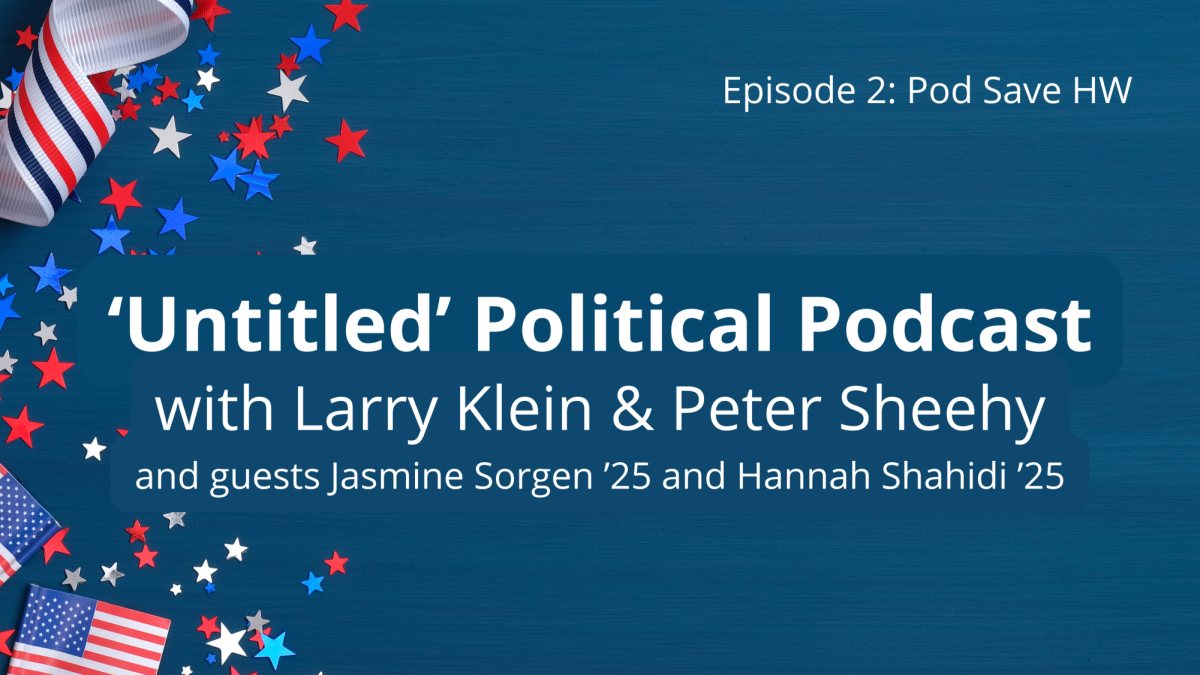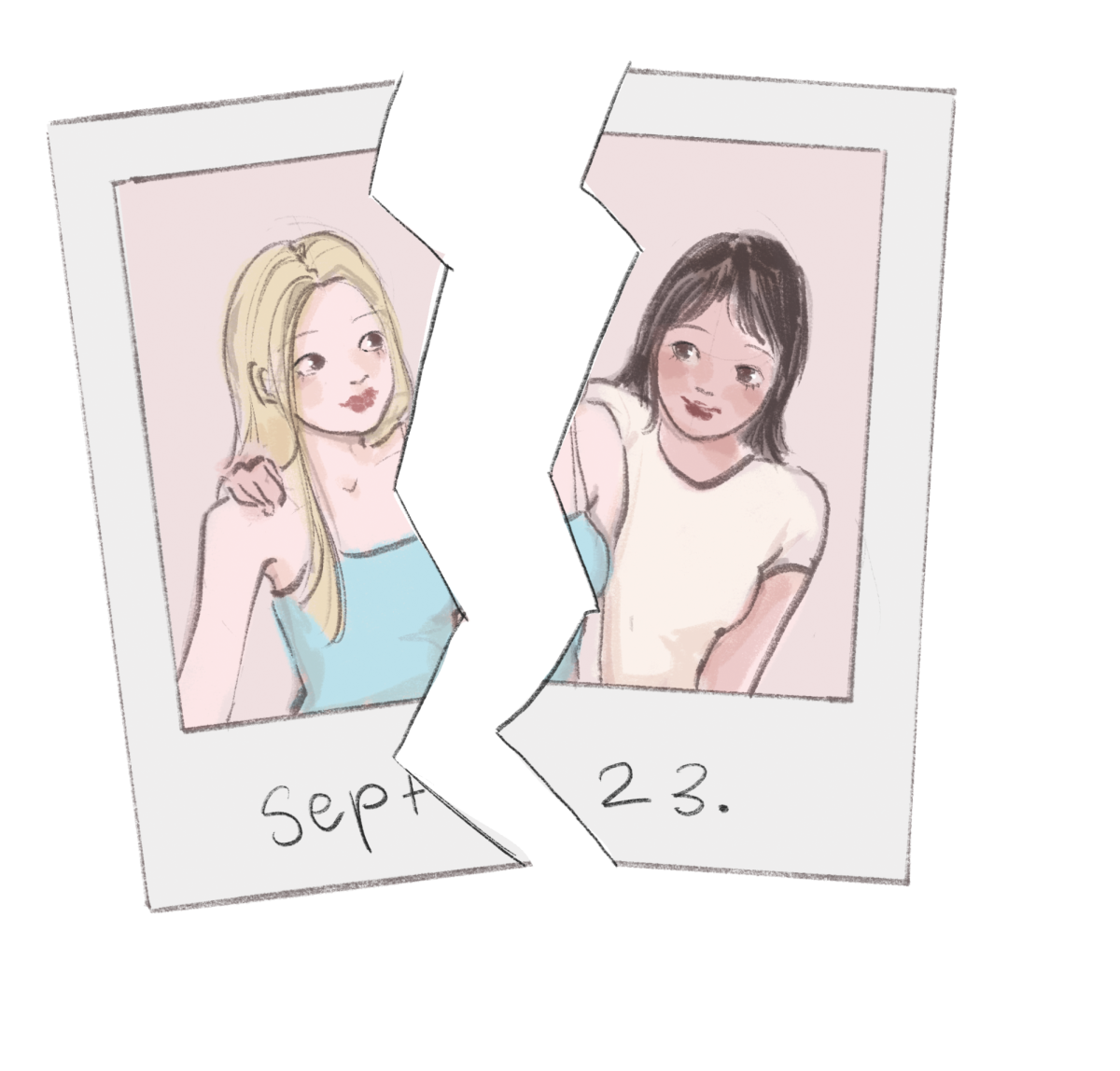Although some teachers consider doodling to be a purposless and counterproductive activity, some studies show that doodling in class can help improve focus and overall benefit students.
“The physical act of doodling is a manifestation that a student’s brain is already distracted and not paying attention to what’s happening,” upper school math teacher Jeff Snapp said. “Their attention has already been diverted to their design or whatever form their doodling takes.”
Upper school English teacher Sasha Watson, who occasionally doodles herself, agrees that doodling can only have a negative effect on students during class.
“Doodling takes away from the focus needed to really listen and to really respond to what people are saying,” Watson said. “Especially in a discussion based class, everyone who’s not engaged is actually taking something away from the group.”
Teachers are not the only ones who disapprove of doodling. Josh Shapiro ’14 agrees that there are no benefits to doodling in class.
“I never doodle because I know I’ll be tuning out my teacher,” Shapiro said. “Taking down good notes in class is hard enough, so I wouldn’t want to increase my chances of missing important information.”
Despite the opposition, many students still feel the need to doodle in class.
“I doodle all the time. It helps me focus in class, because instead of letting my mind wander off and think about something else, I’m still listening to the teacher, but I’m using doodling as an outlet for my distraction,” Juliette West ’14 said.
Though it is difficult to draw a direct correlation between doodling and improved focus during class, a study published in the journal “Applied Cognitive Psychology” in 2009 found that doodling can aid memory. The test, conducted by psychologist Jackie Andrade of the University of Plymouth in southern England, demonstrated that doodlers actually remember more than non-doodlers when asked to retain information from a lecture or meeting.
In her experiment, Andrade asked 40 participants to listen to a “rather dull” voicemail inviting someone to a 21st birthday party.
The voicemail was a continuous ramble in which the speaker mentioned her redecorated kitchen, someone’s sick cat, a new house, and a vacation that involved museums and rain. She mentioned eight place names and eight people who were definitely coming to the party.
Andrade instructed half the participants to shade in some squares and circles on a piece of paper while they listened to the voicemail, without telling them specifically to “doodle.” The other half of the participants did not doodle. All participants were asked to write the names of the people mentioned by the speaker that were coming to the party, meaning the doodlers had to constantly switch between their doodles and their lists.
After listening to the tape, all 40 participants were asked to recite the place names and the names of the people attending the party without looking at their lists. On average, those who doodled were able to remember 29 percent more than those who did not.Andrade’s study clearly separates daydreaming from doodling and proves that doodling does aid memory.
When you daydream, your brain focuses on something else entirely. However, when you doodle, your brain is forced to use enough energy to refrain from daydreaming but not so much that you don’t pay attention to the lecture or meeting that is taking place, Andrade found.
Essentially, doodling stops your brain from reaching the point of daydreaming where you would divert your attention to something else entirely, causing you to focus more and retain information better.
G. D. Schott, a neurologist at the The National Hospital for Neurology and Neurosurgery in London, found similar results to Andrade’s study. He concluded that “doodling is a motor act, and when occurring under conditions such as impatience, boredom, and indecision, it seems to alleviate those conditions.”
“Providing pencil and paper to the anxious, the distressed, and the disturbed might even have unexpected therapeutic benefits,” Schott said.
School psychologist Luba Bek says different people learn best in different ways. Some people are auditory learners, meaning they depend on hearing and speaking to learn; some are visually-oriented, meaning they learn concepts and ideas best by seeing a visual represention of them and others are kinesthetic learners, meaning that movement while acquiring information helps them to retain new material better.
Kinesthetic learners “have to engage in some sort of activity alongside with learning.,” Bek said. “Sometimes it is fidgeting, sometimes it is walking back and forth while doing homework, and quite often it is doodling while listening to lectures and/or talking on the phone.”
“One time, a teacher called me out on doodling too much during class. She said I wasn’t paying enough attention and asked me to put my pencil down,” Mara Goeckner ’14 said. “I wish she would’ve asked me what the last thing she had said was, because I could have recited it to her word for word.”





































